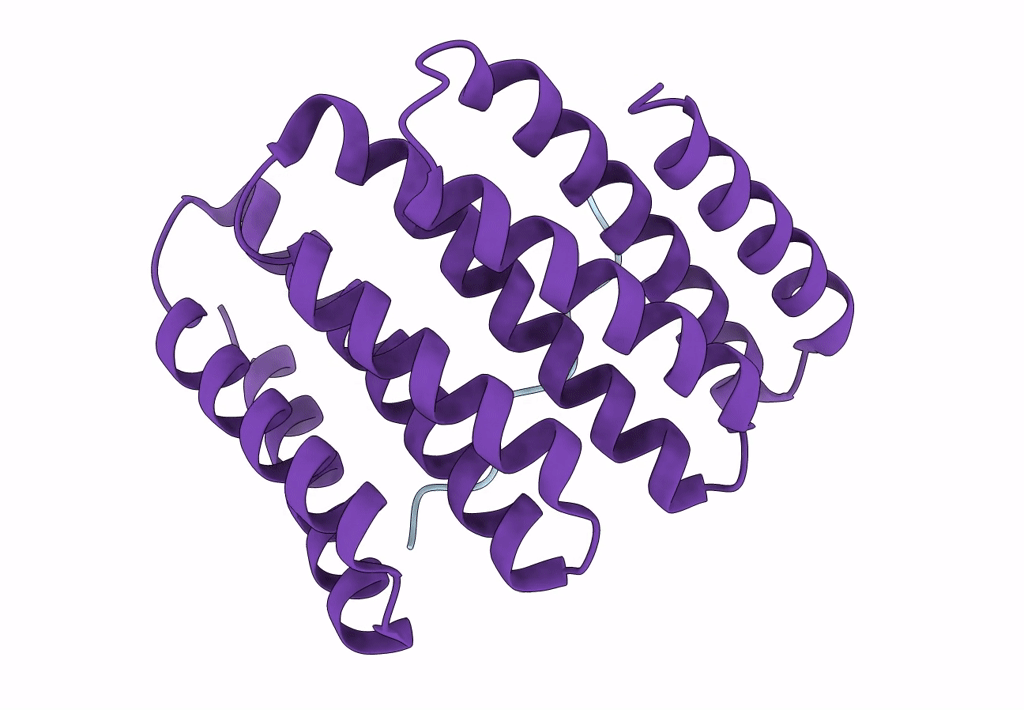
Deposition Date
2022-03-20
Release Date
2023-03-22
Last Version Date
2024-04-03
Entry Detail
PDB ID:
7UDJ
Keywords:
Title:
Crystal structure of designed helical repeat protein RPB_PEW3_R4 bound to PAWx4 peptide
Biological Source:
Source Organism:
synthetic construct (Taxon ID: 32630)
Host Organism:
Method Details:
Experimental Method:
Resolution:
2.70 Å
R-Value Free:
0.27
R-Value Work:
0.24
R-Value Observed:
0.24
Space Group:
P 21 21 21


